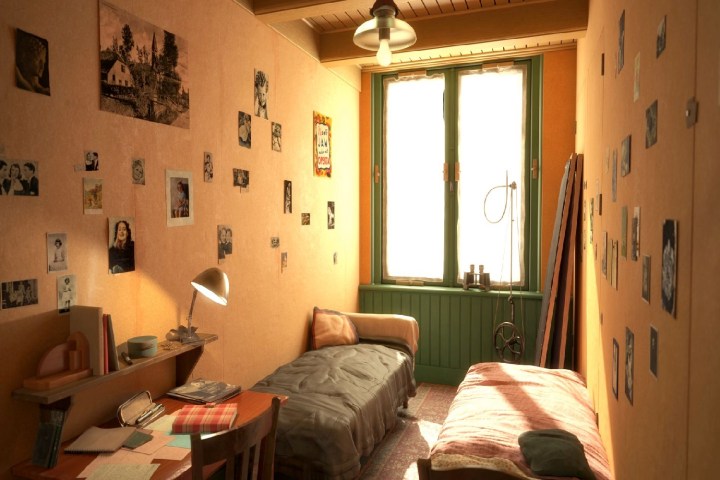
VR can be used to transport us to amazing new worlds, which could never exist outside of virtual reality. Now it’s also being used to help take us closer to a world which tragically did exist, so that we can better understand what it was like. The world in question is the Nazi-occupied Netherlands of World War II — and specifically the plight of one of the many Jewish families who went into hiding there, prior to their extermination as victims of the Holocaust.
Announced this month, the Anne Frank Museum in Amsterdam is launching a virtual tour of the Anne Frank House, where the famous diarist and her family hid from the Nazis. The launch of the VR tour was timed to coincide with what would have been Anne’s 89th birthday. It was created as a collaboration between the Anne Frank House, Force Field VR, and Oculus Studios — and offers viewers the chance to tour the rooms in the Secret Annex, re-created to look as they would have during WWII.
“The real Secret Annex is empty,” Annemarie Bekker, who handles communications for the Anne Frank House, told Digital Trends. “The furniture was removed by order of the Nazis after the arrest of the eight people in hiding. It was the wish of Otto Frank, Anne’s father, to leave the rooms of the Secret Annex empty. Otto Frank was the only one of the eight people in hiding to survive the war. The VR tour gives people all around the world the opportunity to explore Anne Frank’s hiding place as it was in July 1942 to August 1944, the period when Anne Frank was forced into hiding and wrote her diary.”

We have no doubt that some will find the idea of re-creating the experience in virtual reality controversial. When the VR project was announced a couple of years back, it was the subject of criticism in some places. This is the same (understandable) criticism that often accompanies attempts to grapple with horrific world events in mediums more commonly associated with frivolity rather than academic solemnity. It’s certainly not for us to judge people’s reaction — either positive or negative to this idea. Nonetheless, if it’s able to introduce Anne Frank (and, by association, her wider experience) to an audience who might not otherwise be exposed to her, surely that’s a good thing, right?
Initially, the VR experience is being installed at the Anne Frank House in Amsterdam for visitors with limited mobility. Later, it will be rolled out to other sites including the Anne Frank Zentrum in Berlin and Anne Frank Center for Mutual Respect in New York.


